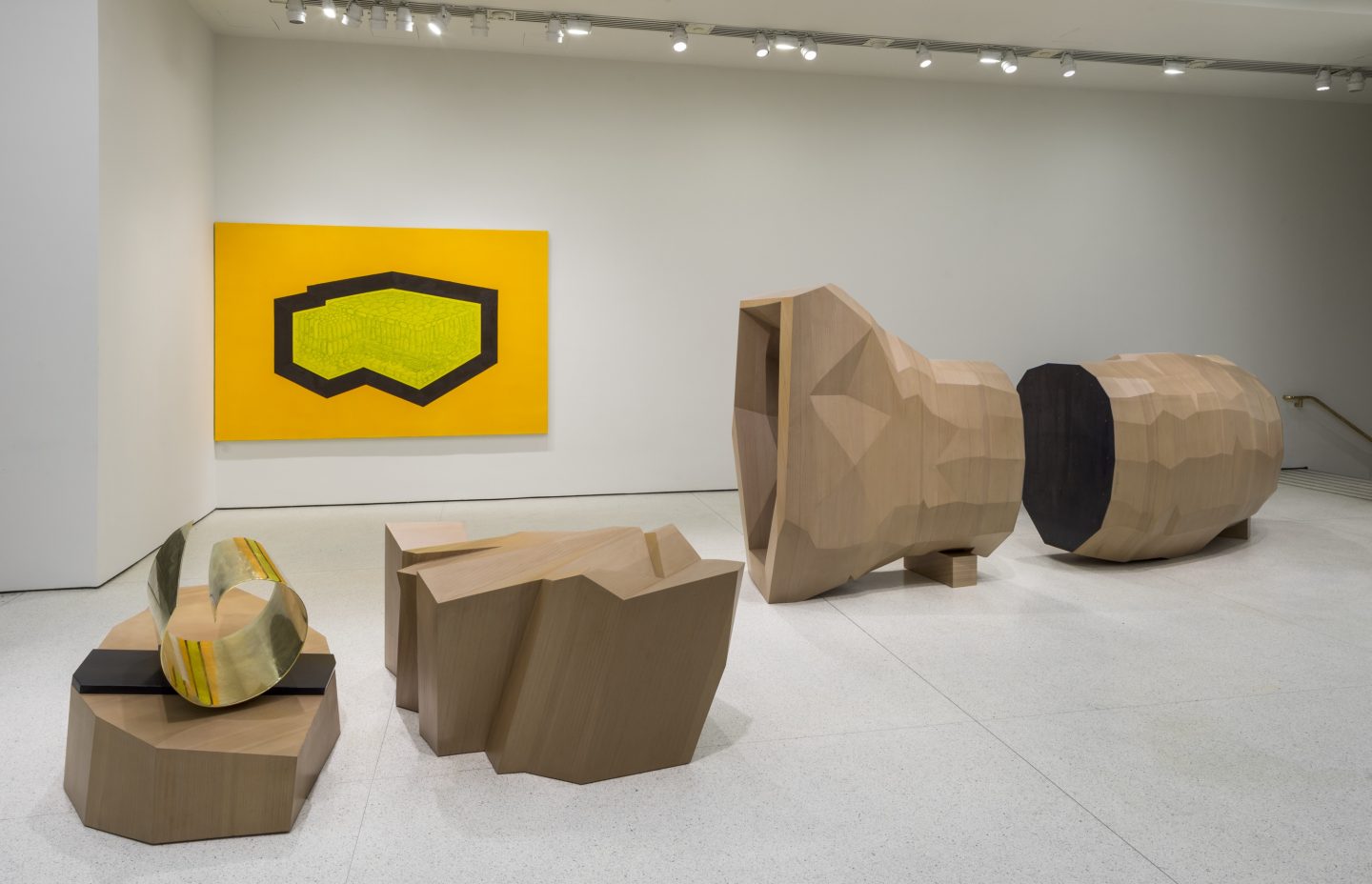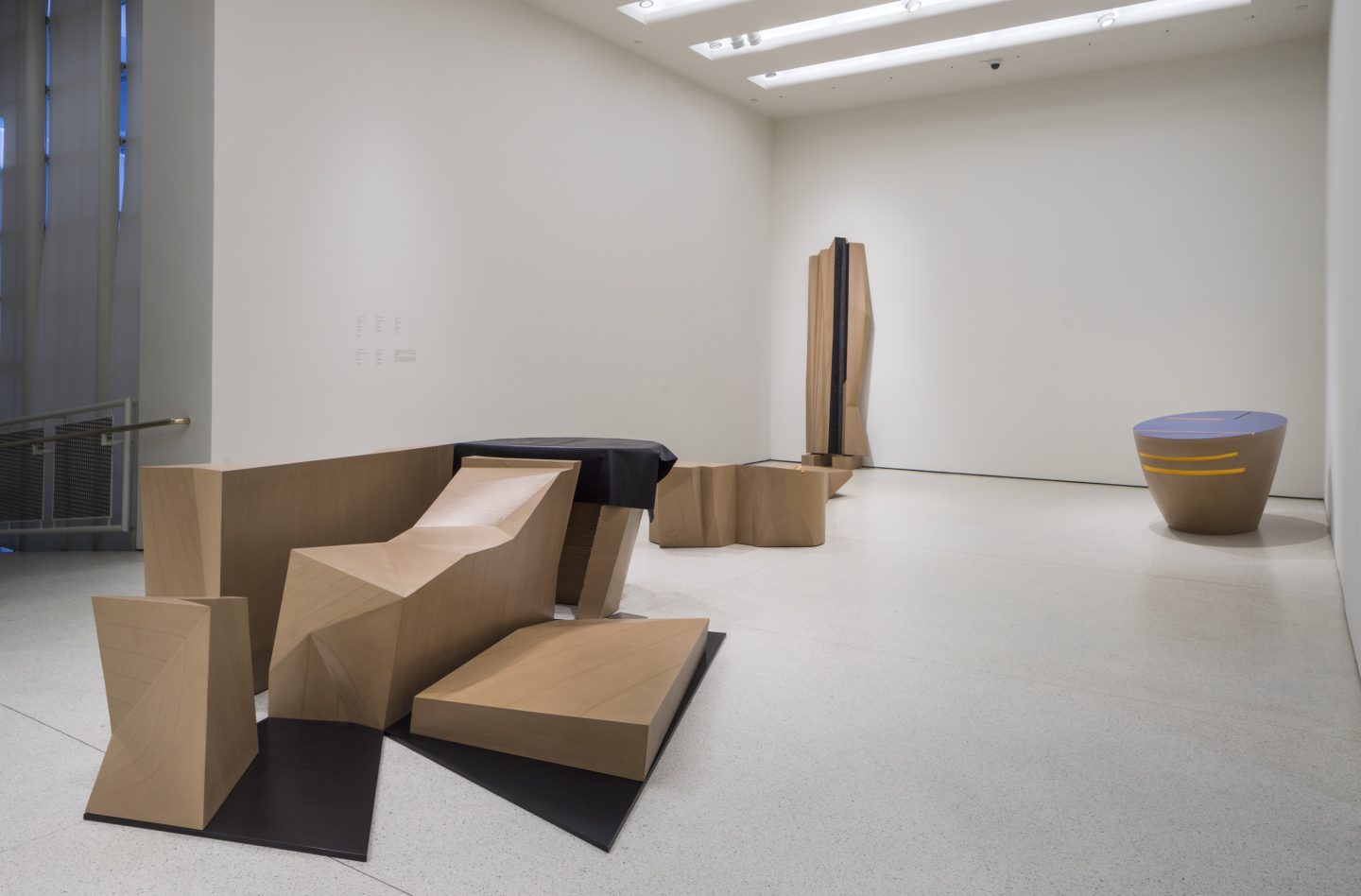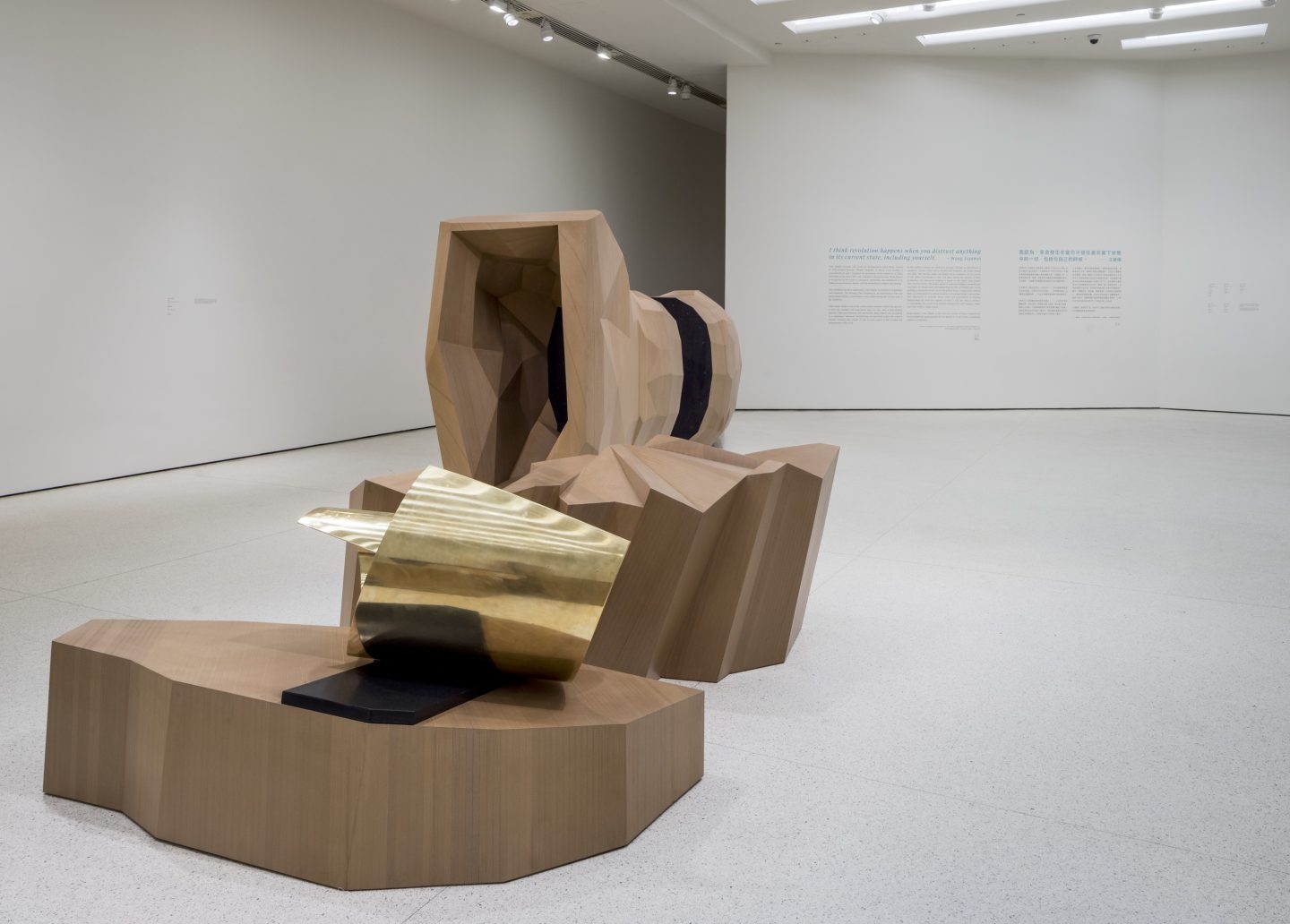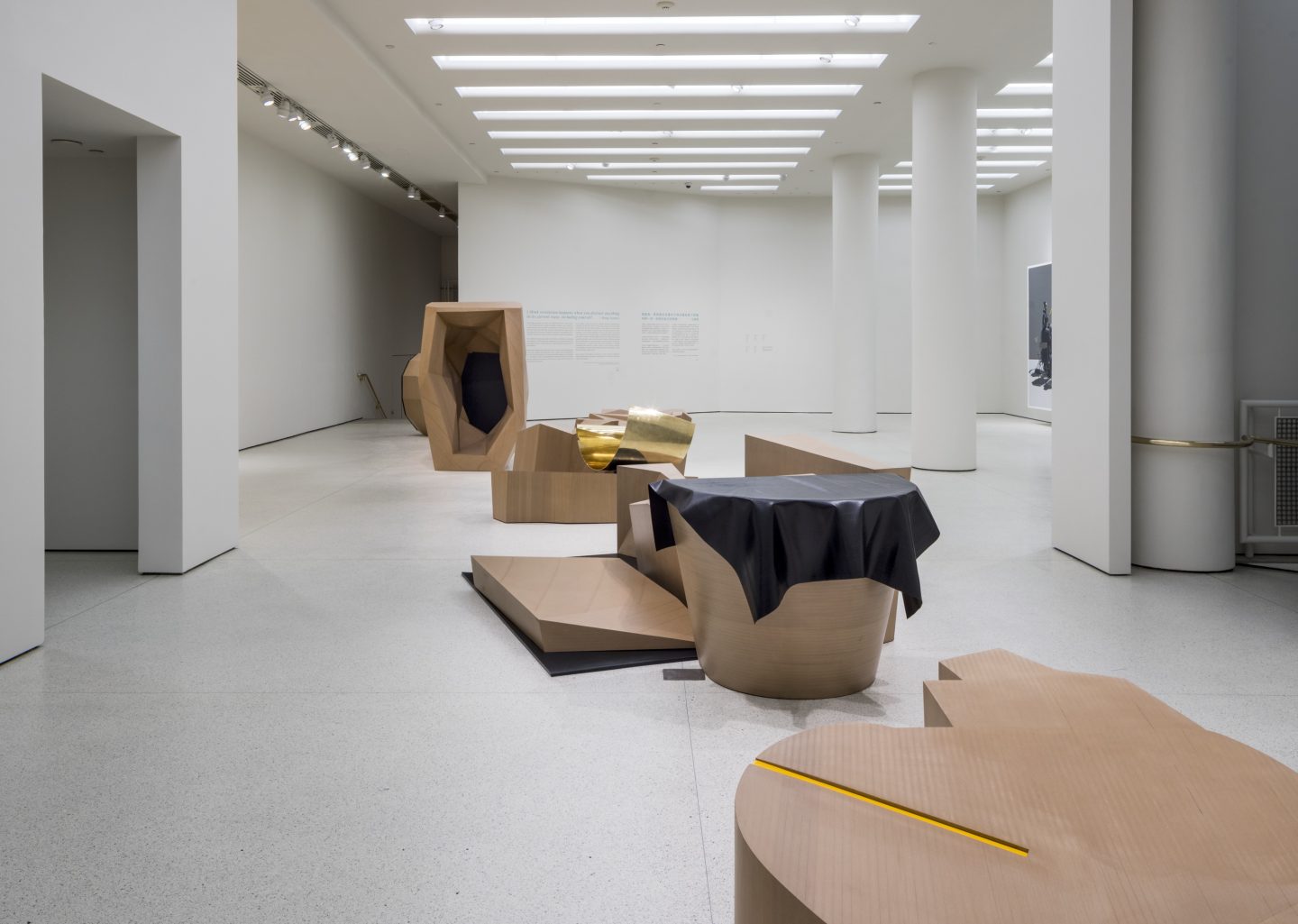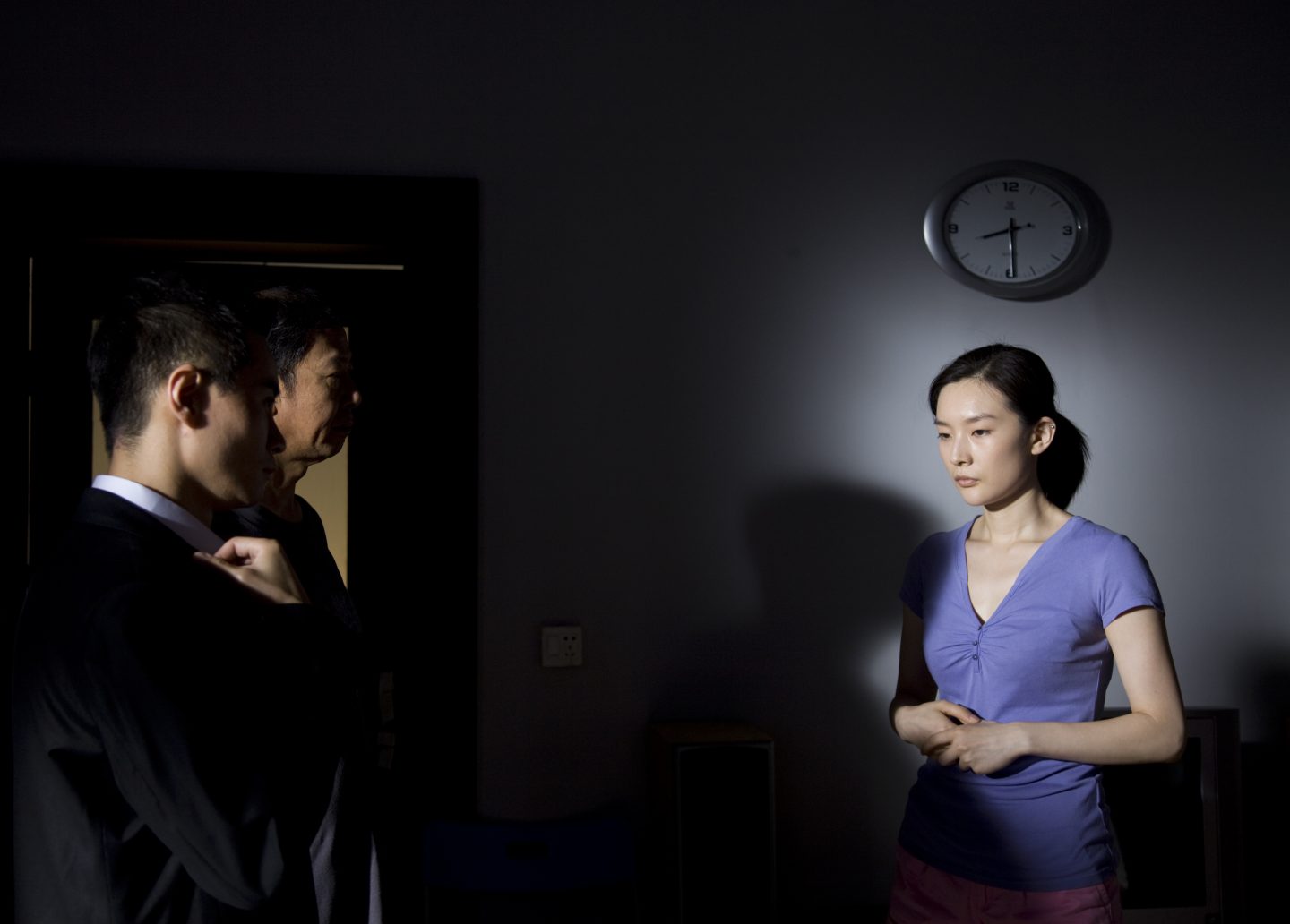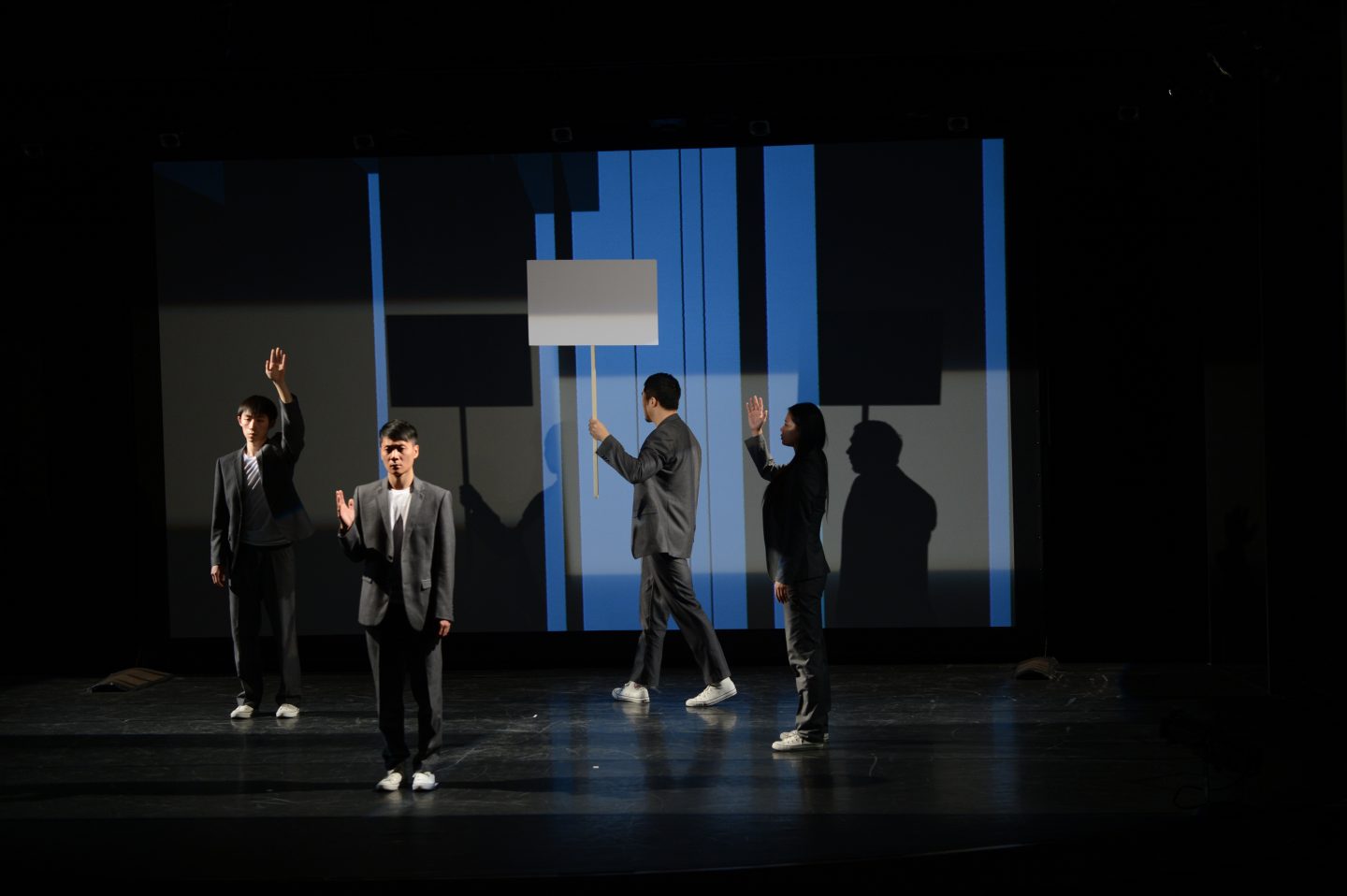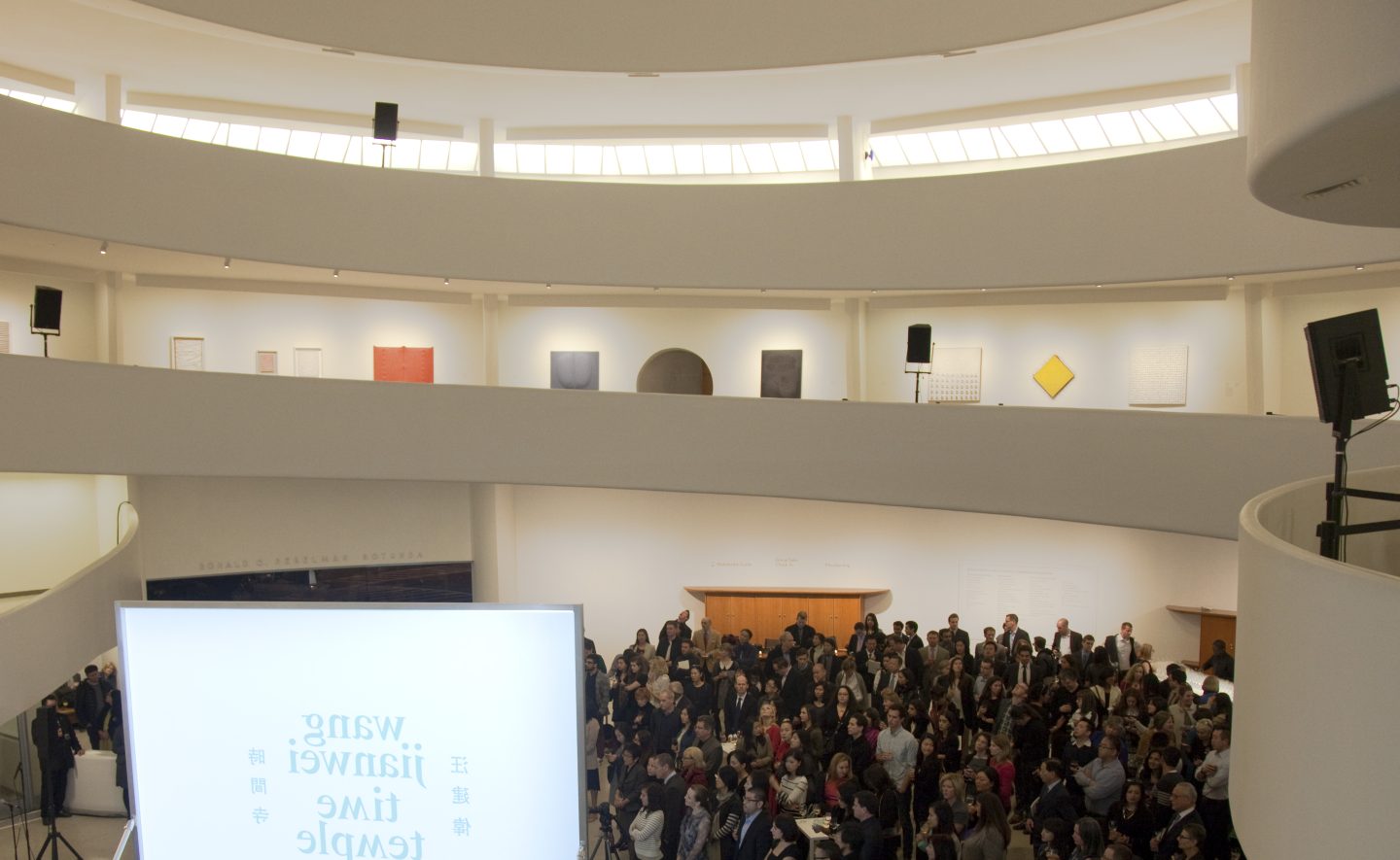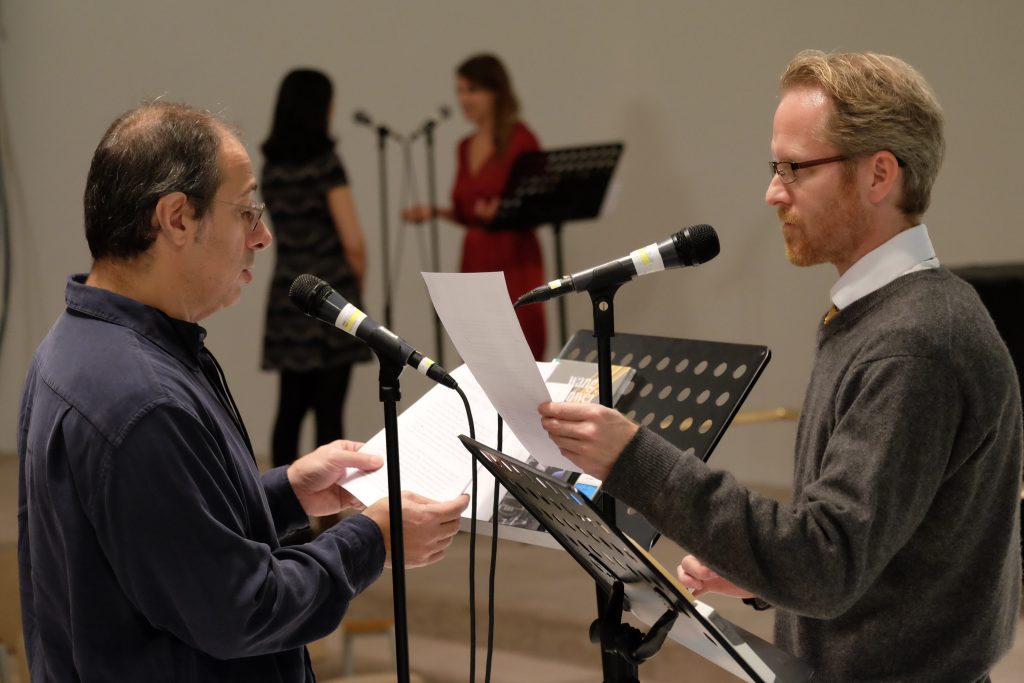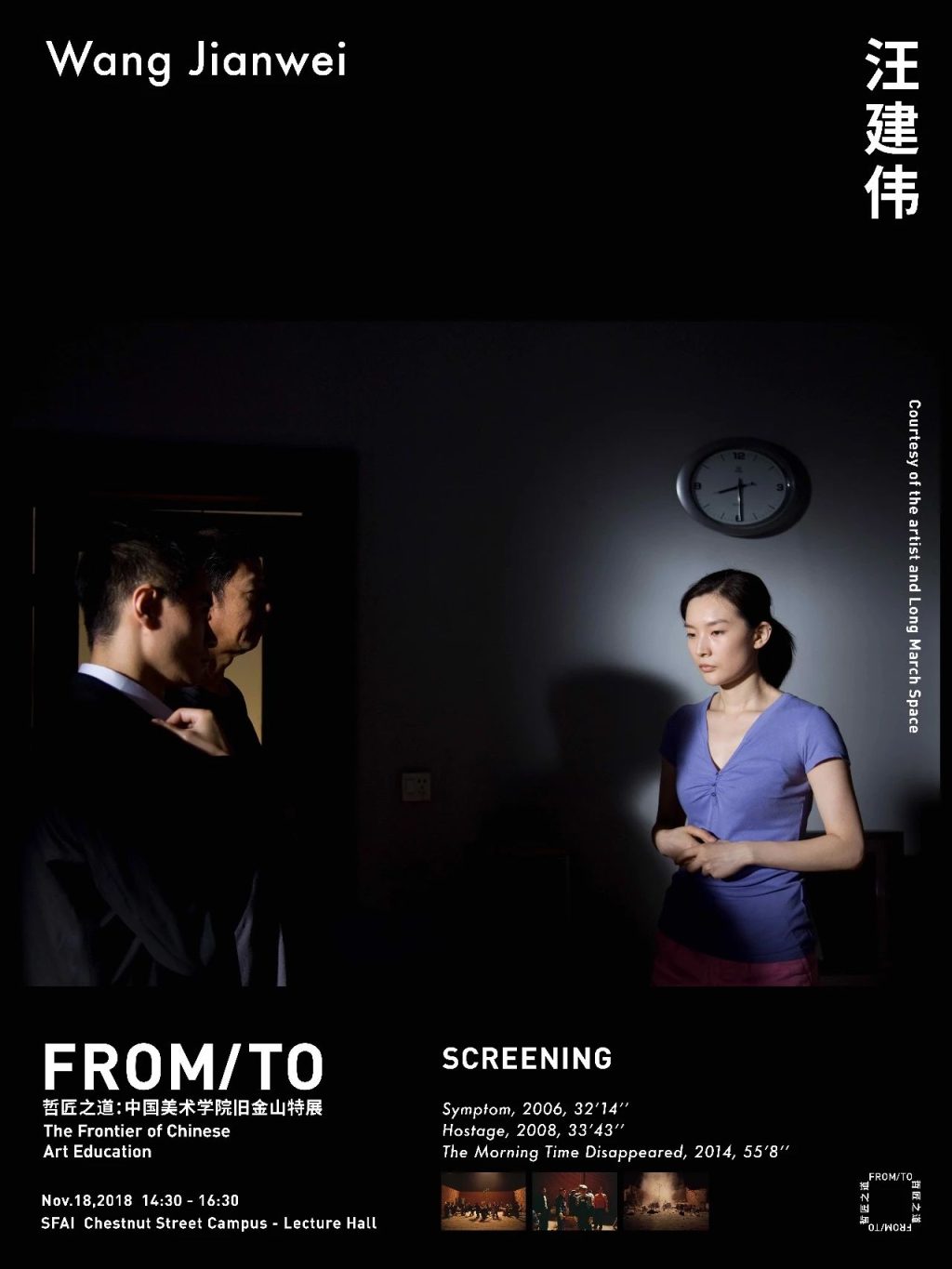Press Release

Time Temple, the first of three commissioned exhibitions in the Guggenheim’s Robert H. N. Ho Family Foundation Program in Contemporary Chinese Art, explores the ways in which Chinese artists are shaping contemporary art through concepts and works in a global context. The commissioned works will become part of the Guggenheim’s permanent collection as part of the Robert H. N. Ho Family Foundation Collection. Curated by Thomas J. Berghuis, Curator of Chinese Art at the Robert H. N. Ho Family Foundation, and Stephanie Kwai, Assistant Curator of Asian Art, the exhibition is part of the Guggenheim’s Asian Art Program, led by Alexandra Munroe, Senior Curator of Asian Art at Samsung.
Known for his bold and fearless conceptual practice, Wang has made significant contributions to the Chinese avant-garde over the decades. The exhibition is divided into three sections, including a multimedia installation, a film, and a live performance.
In fact, Wang views the creative process as a “rehearsal” in which he works without planning the final form of the sculpture, simply responding to the moving angles, forms, lines and planes generated by the previous day’s work as a daily, fluid response. The changing angles and planes of these sculptures record the transformation of time and space in the artist’s creative process.
Throughout the exhibition, New Media Theater will be screening the new film, The Morning Time Disappeared. Inspired by Franz Kafka’s novel Die Verwandlung (The Metamorphosis, 1915), this movie combines film sets with magical realism, incorporating layers of abstract imagery into the story. The movie tells the story of a young man who moves his family from the countryside to Beijing, originally full of hopes and dreams for the future. “One day,” Wang describes, ”when the young man wakes up, he realizes that gills have grown on his head and his body has undergone a series of mutations.” The Morning Time Disappeared explores today’s China, the gap between perception and interpretation of reality, as the movie switches back and forth between narrative and abstract fragments. In a state of metamorphosis, the only thing left for this young man is time.
A huge quadruple screen painting makes the installation artwork in the Tower’s second floor gallery stand out. At first glance, the work depicts an ordinary meeting in a straightforward manner, with men and women in the painting, close to a realist style of painting, with understated colors of blues, grays and beiges.
The colors are blue, grey and beige, and the colors are subdued. However, looking closer, it is easy to see that the artist is trying to explore the concepts of time and space with the use of the four panels. The same figures in the same poses appear repeatedly, but in different frames. The images appear to be continuous, as if they were layers of freeze-frames from a single camera. Striking yellow lines overlap at the intersections of the screens, like the rays of sunlight. According to the artist’s conception, the paintings are mounted in frames of varying depths, positioning the work against a backdrop similar to that of a theater stage.
However subtle this approach to realism is in the quadriptych, it is echoed in the second work at the other end of the gallery: an abstraction of a cellular structure under a microscope, colored in yellow. Through this form of scientific abstraction, the artist makes it more difficult to distinguish between what is real and what is abstract in the world around us. These two works challenge the viewer’s senses, stimulate multiple interpretations, and move between reality and abstraction, bringing them closer together. The artist says, “It is meaningless to think of painting in terms of traditional vocabulary such as style or color; what is more important is to think of painting as an interpretation of time.”
Between these two works, a series of flowing sculptures are arranged from the main entrance to the end of the gallery. In some stages, complex, varied shapes symbolize the bulges and crevices of the human body, while in others the works present fragmented architectural geometries. Behind these sculptures is a labor-intensive process that includes the cutting and joining of multiple layers of wood, coupled with the use of metal, rubber, and blue and yellow paint.
The live performance component of Time Temple , titled Spiral Ramp Library, focuses on how ideas gather and flow within the gallery space. The work draws inspiration from American architect Frank Lloyd Wright’s design for the Guggenheim and Argentine writer Jorge Luis Borges’ short story La Biblioteca de Babel (1941). La Biblioteca de Babel (The Library of the Tower of Babel, 1941). The first part of the performance will bring together speakers who will present a total of ten themes in a carefully choreographed, symphonic sound and narrative that will be amplified to resonate throughout the rotunda. The ten themes are: Gnosticism, libraries, maps, the cosmos, weather, disappearance, Jorge Luis González, and the world’s most famous poet, Jorge Luis González. Lewis Borghese, Argentina, Franck. Borges, Argentina, Frank Lloyd Lloyd, and the United States of America. Lloyd Wright and Guggenheim. Wright and Guggenheim.
Through his uniquely personal and evolving rehearsal process, the artist will utilize a recording of the first performance as the basis for a script for the second performance, which will be performed during the final week of the exhibition.
Theater is the basis for many of Wang’s works, including paintings, sculptures, installations, photographs, films, and time-based performances. Temple of Time is no exception. From the title it hints at the artist’s main concern, which is how people think about and experience time. For Wang, time is abstract and real, finite and potential, static and fluid. It implies a state of uncertainty, related to his subtle observation of contemporary Chinese society and his resistance to absolute ideologies.
Translated with DeepL.com (free version)
Artworks
Spiral Ramp Library
Performance
Related
Group Exhibition
FROM/TO | The Frontier of Chinese Art Education
San Francisco, USA

